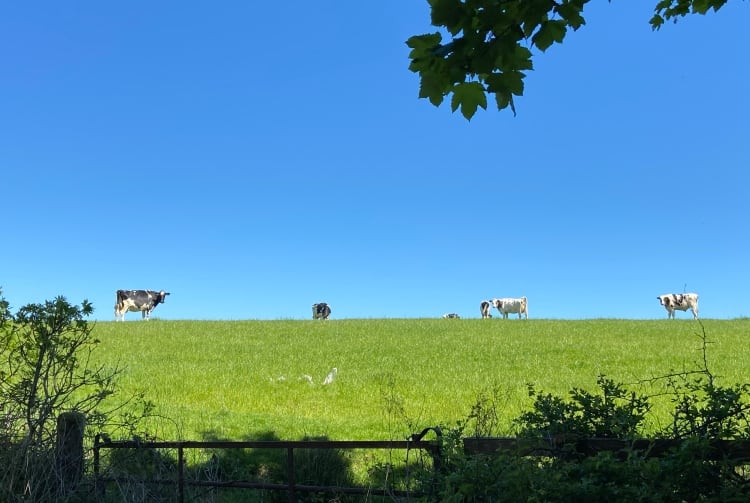The initiative was announced yesterday at the United Nations (UN) Food Systems Pre-Summit.
“The global dairy sector is creating this ground-breaking initiative to help speed climate action already under way, while continuing to provide livelihoods for a billion people and important nutrition for six billion people,” said Donald Moore, executive director at the GDP.
A multi-stakeholder group of organizations, including the global dairy sector and representatives from the scientific and research communities, are working together to develop methodologies, tools and pathways that work for every dairy system.
Pathways to Dairy Net Zero will officially launch during the UN Food Systems Summit in September and aims to generate commitments at the UN Climate Change Conference, COP26, in November.
Research is under way to identify where positive climate change action is possible across all dairy production systems and regions throughout the world. The study is being conducted by the Global Research Alliance on Agricultural Greenhouse Gases (GRA), the UN Food and Agriculture Organisation, Scotland’s Rural College and the New Zealand Agricultural Greenhouse Gas Research Centre.
The GDP said positive change is possible across all dairy systems and regions. Although there is a wide variety of production systems globally, there are opportunities for all to reduce greenhouse gas emission (GHG) intensity.
The dairy organization said collaboration is needed to reduce dairy’s emissions. It said many climate, poverty, and malnutrition challenges can be addressed through adoption of best practices in similar dairy systems.
It added reducing methane may be key to fast results. Methane, a primary GHG produced by ruminant livestock, is short-lived. As a result, more reductions in methane would have a more immediate effect on warming.
The GDP said initial evidence suggests emissions can be reduced up to 40% in some systems by improving productivity and resource use efficiency.
Defining terminologies and targets will focus efforts to achieve the best results. As indicated in the Intergovernmental Panel on Climate Change (IPCC) Special Report: Global Warming of 1.5°C, dairy’s carbon dioxide emissions need to strive to Net Zero, but its methane reduction can range from 24-47%, and its nitrous oxide reduction can be 26%.
“Our initial analysis suggests that wider use of existing GHG mitigation technologies will make an important impact in reducing dairy’s emissions in the short term, while the development of new innovations takes place,” said Hayden Montgomery, Special Representative of GRA.
“This initiative may ultimately act as a blueprint for other livestock sectors.”

